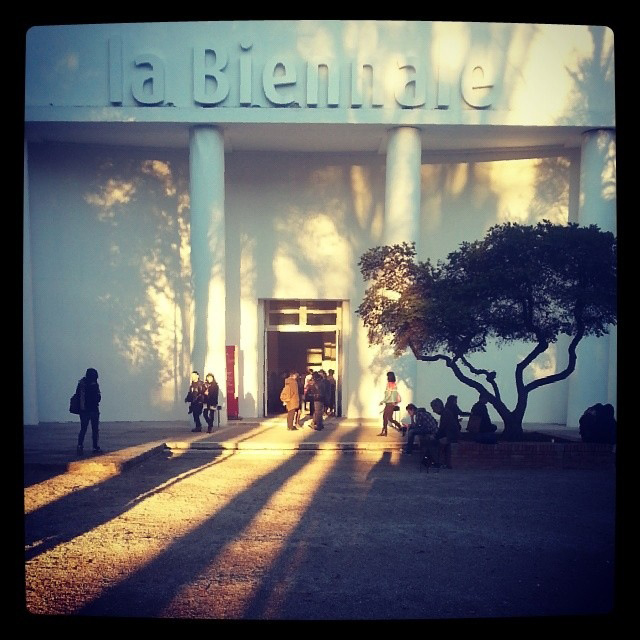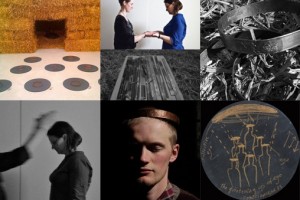 Collaboration can be alternately challenging, rewarding, frustrating, generative, surprising and delightful. Paradoxically, while collaboration has numerous constraints, it is also extremely allowing. A wide range of purposes, structures and scales can be set into motion, from small intimate partnerships to large-scale international networks and everything in between. On-going developments in technology and the internet make collaborations with strangers over temporal and spatial distances possible—opening connective potential and concern. Across the board, I believe, authenticity, participation, ownership and authorship are among many relevant issues to consider in navigating successful collaborations.
Collaboration can be alternately challenging, rewarding, frustrating, generative, surprising and delightful. Paradoxically, while collaboration has numerous constraints, it is also extremely allowing. A wide range of purposes, structures and scales can be set into motion, from small intimate partnerships to large-scale international networks and everything in between. On-going developments in technology and the internet make collaborations with strangers over temporal and spatial distances possible—opening connective potential and concern. Across the board, I believe, authenticity, participation, ownership and authorship are among many relevant issues to consider in navigating successful collaborations.
Through involvement in numerous arts-related collaborations of different sizes and shapes, I have stumbled into non-intuitive discoveries, best practices and resources that have been helpful in navigating complexities. Working with large systemic change initiatives, two areas of research and resources have proved helpful Collective Impact approaches Meg Wheatley’s writings on emergence theory. In contrast, small one-on one collaborations can offer a high degree of fluidity for deep exploration and exchange.In education environments, art inquiry practices can engage, motivate and provide a context for the co-construction of understanding across disciplinary boundaries.
Partnering with people from diverse backgrounds, perspectives, knowledge, skills and abilities makes collaborating a powerful learning and problem finding/solving opportunity that can stretch and restructure your understanding of the world. One must be prepared to listen deeply, let go of assumptions and figure out when to press for or let go of an idea. Developing patience and comfort with disequilibrium is critical in the give/take, chance/determinism, call/response and improvisational momentum of generative collaborative interaction.


Ann Wettrich | Professor, California College of the Arts




